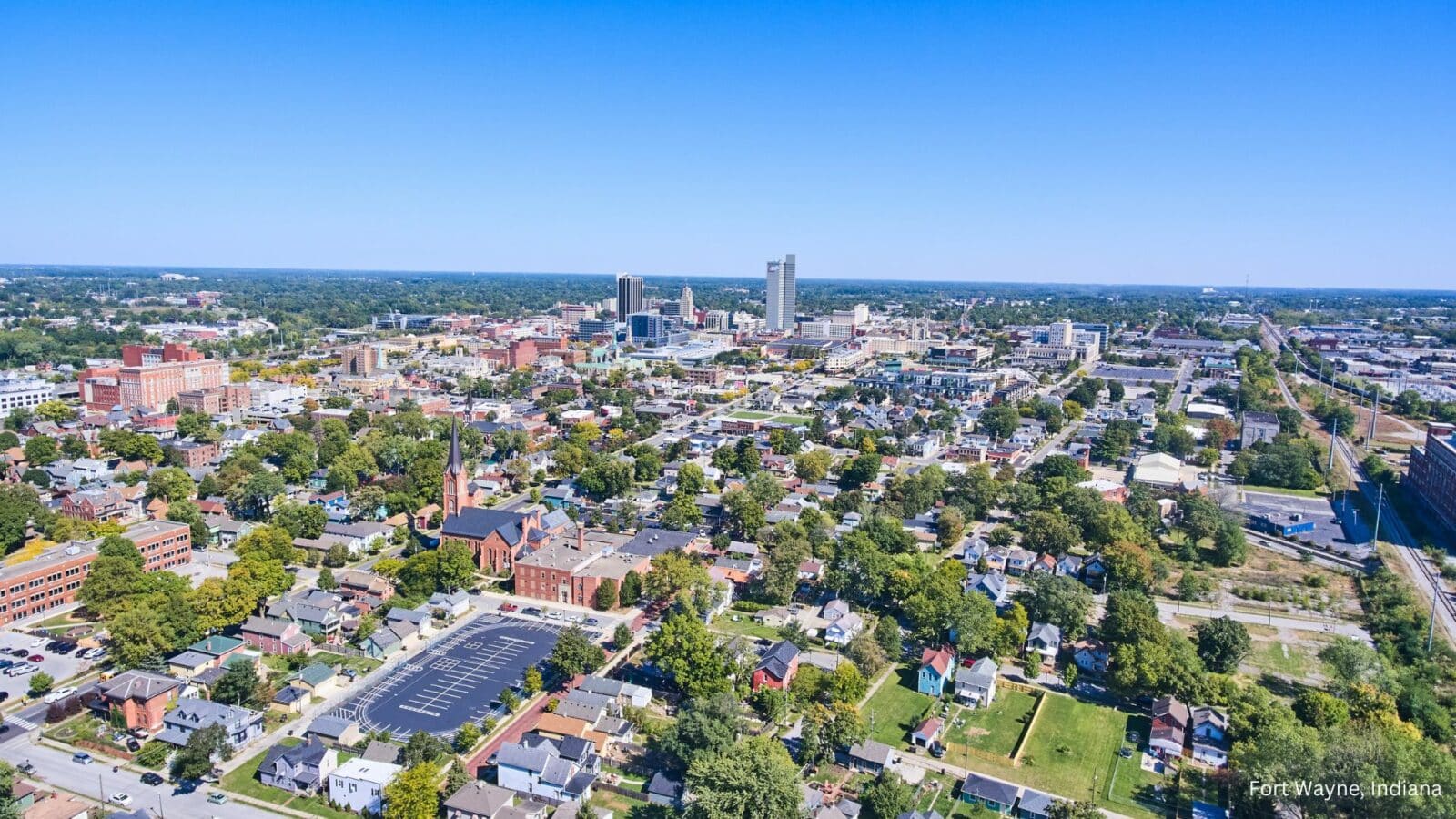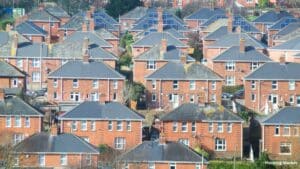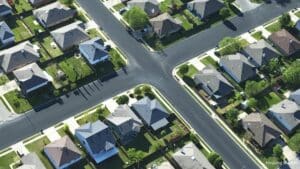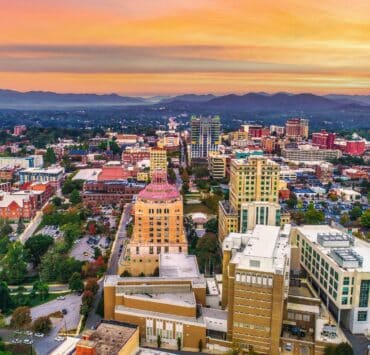Many homebuyers are seeking housing markets with low climate risks. These markets are not only safer but can also provide a more stable long-term investment. As extreme weather events become more frequent, it’s essential to consider climate resilience when purchasing a home.
Recent data from the Wall Street Journal and Realtor.com highlights twelve hidden housing markets with low climate risks across the United States. These markets are primarily located in the Midwest, a region known for its resilience against natural disasters such as floods, wildfires, and extreme temperatures.
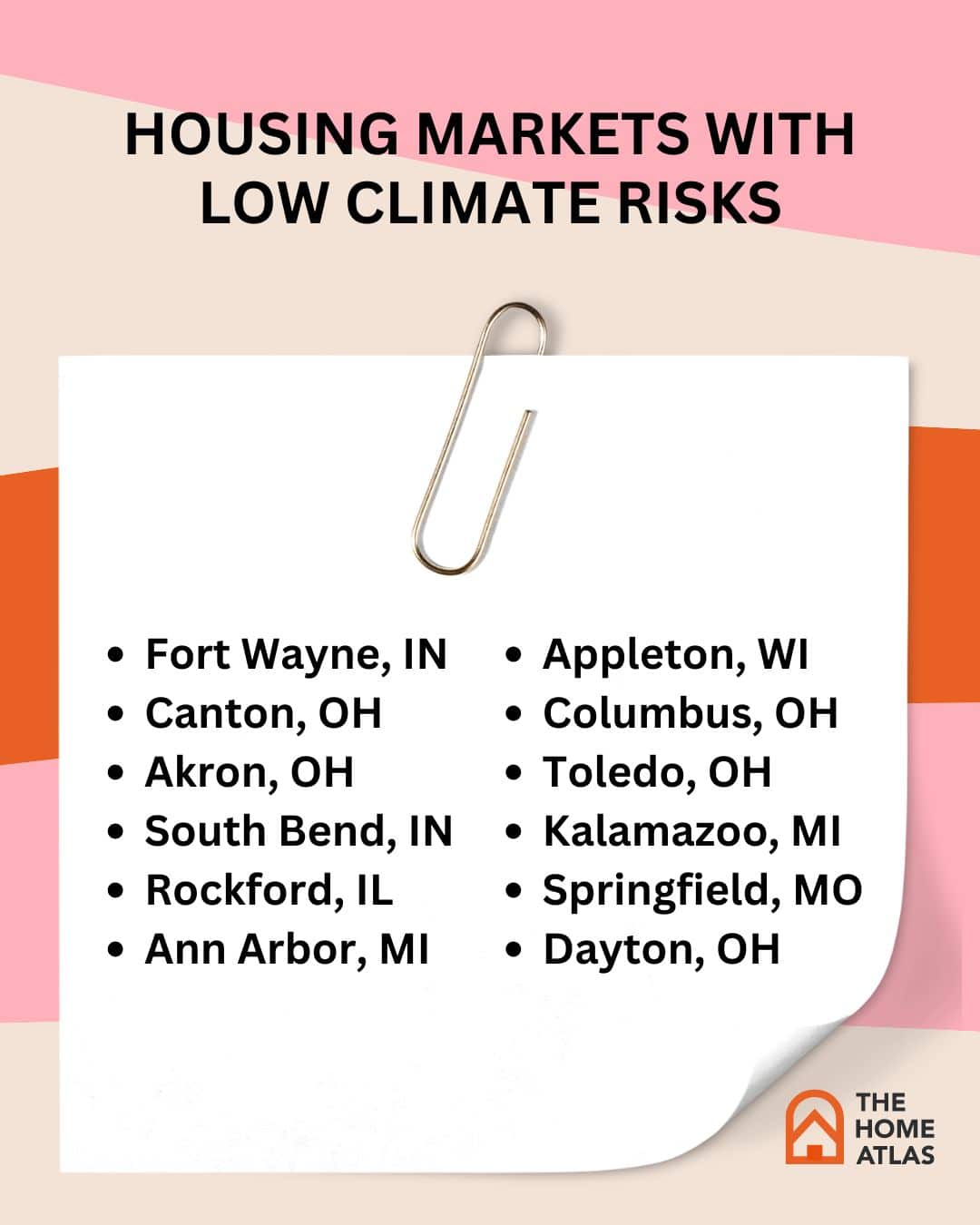
Why Consider Housing Markets With Low Climate Risks?
With 45% of U.S. homes facing severe climate risks in 2024, the appeal of housing markets with low climate risks is clear. Natural disasters not only threaten personal safety and property but can also lead to skyrocketing insurance costs and even render homes unmortgageable.
Understanding the climate risk of a potential home purchase involves evaluating factors like extreme heat, wind, air quality, flood, and wildfire risks. As these risks become more prevalent, the stability of housing markets with low climate risks becomes more attractive.
Top 12 Hidden Housing Markets With Low Climate Risks
Here are the twelve hidden housing markets that stand out for their low climate risks:
1. Fort Wayne, IN
- Median Home List Price: $335,000
- Climate Score: 2.3%
:max_bytes(150000):strip_icc()/2019_vfw_promenade_park_skyline_tree_canopy_trail_sweet_breeze_03-87911d168d54450682de9f3fcd63e4d2.jpg)
Ranked as the number one housing market, Fort Wayne, Indiana, offers a low-risk environment for homebuyers. With only 2.3% of properties at severe or extreme risk, it’s a safe haven for those concerned about climate change.
2. Canton, OH
- Median Home List Price: $255,000
- Climate Score: 2.7%

Canton’s affordable housing and low climate risk make it an appealing option for families and retirees alike.
3. Akron, OH
- Median Home List Price: $265,000
- Climate Score: 1.8%
:max_bytes(150000):strip_icc()/TAL-cityscape-akron-ohio-RETIREOH1123-afda5232cf604542948cf13b102cd20f.jpg)
Akron’s low climate risk score of 1.8% makes it one of the safest housing markets in the U.S., offering peace of mind to potential buyers.
4. South Bend, IN
- Median Home List Price: $320,000
- Climate Score: 5.4%
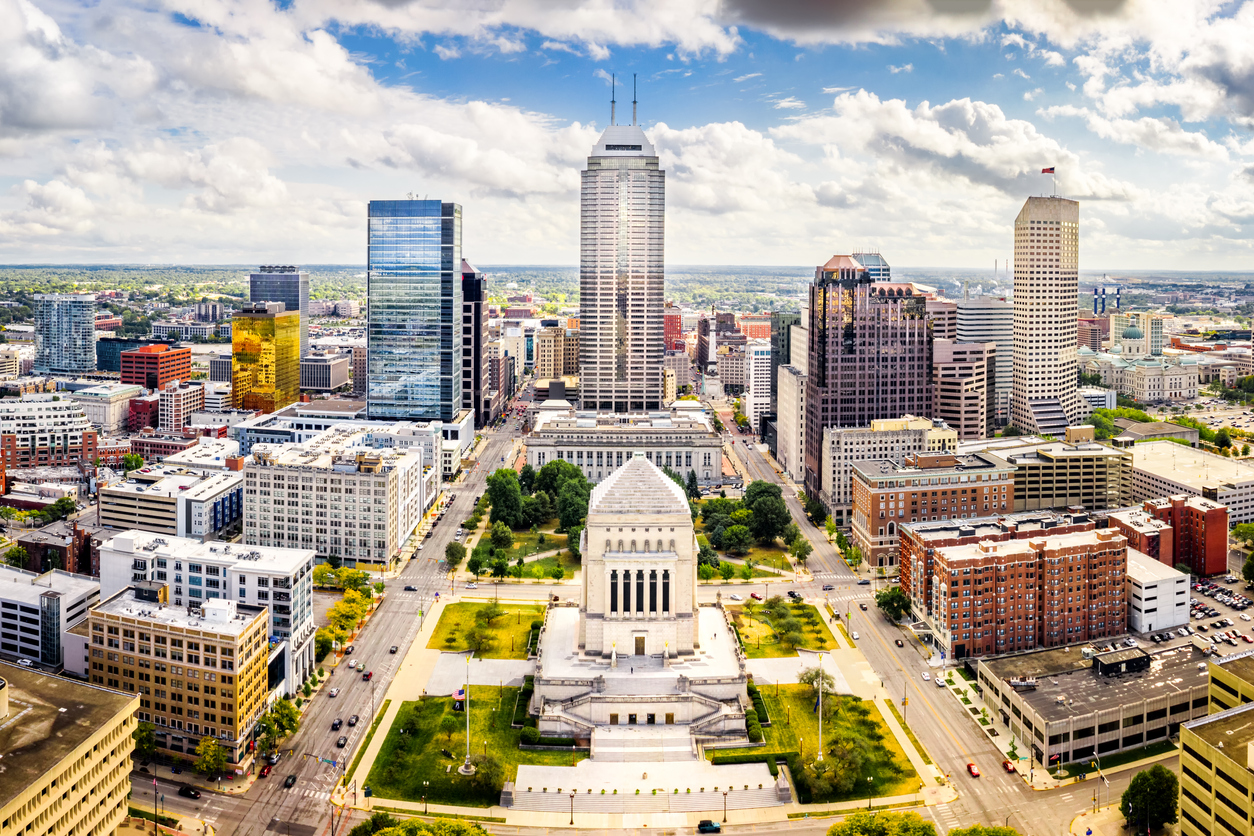
While South Bend’s climate score is slightly higher, it remains a viable option for those seeking refuge from extreme weather.
5. Rockford, IL
- Median Home List Price: $220,000
- Climate Score: 4.2%

Rockford provides a budget-friendly entry into housing markets with low climate risks, with a climate score that still offers significant safety.
6. Ann Arbor, MI
- Median Home List Price: $545,000
- Climate Score: 2.7%
Ann Arbor combines academic excellence with a low climate risk, making it an ideal location for those prioritizing safety and education.
7. Appleton, WI
- Median Home List Price: $425,000
- Climate Score: 1.8%
Appleton boasts one of the lowest climate risk scores, offering a stable housing market for cautious buyers.
8. Columbus, OH
- Median Home List Price: $400,000
- Climate Score: 2.5%
As Ohio’s capital, Columbus offers a robust housing market with a climate risk score that ensures long-term safety.
9. Toledo, OH
- Median Home List Price: $275,000
- Climate Score: 2.0%
With a climate score of just 2.0%, Toledo is an attractive market for those seeking low-risk living at an affordable price.
10. Kalamazoo, MI
- Median Home List Price: $375,000
- Climate Score: 3.6%
Kalamazoo offers a blend of cultural richness and safety from climate threats, making it a hidden gem in the housing market.
11. Springfield, MO
- Median Home List Price: $345,000
- Climate Score: 2.9%
Springfield’s modest climate risk score and reasonable home prices make it a favorable option for budget-conscious buyers.
12. Dayton, OH
- Median Home List Price: $260,000
- Climate Score: 3.1%
Dayton rounds out the list with a low climate risk and attractive pricing, offering a safe haven for those concerned about the impact of climate change.
The Financial Implications of Ignoring Climate Risks
Ignoring climate risks can have severe financial consequences, including increased insurance premiums and potential loss of property value. Homebuyers in high-risk areas may face uninsured damage costs, or worse, find themselves owning a property that becomes uninsurable.
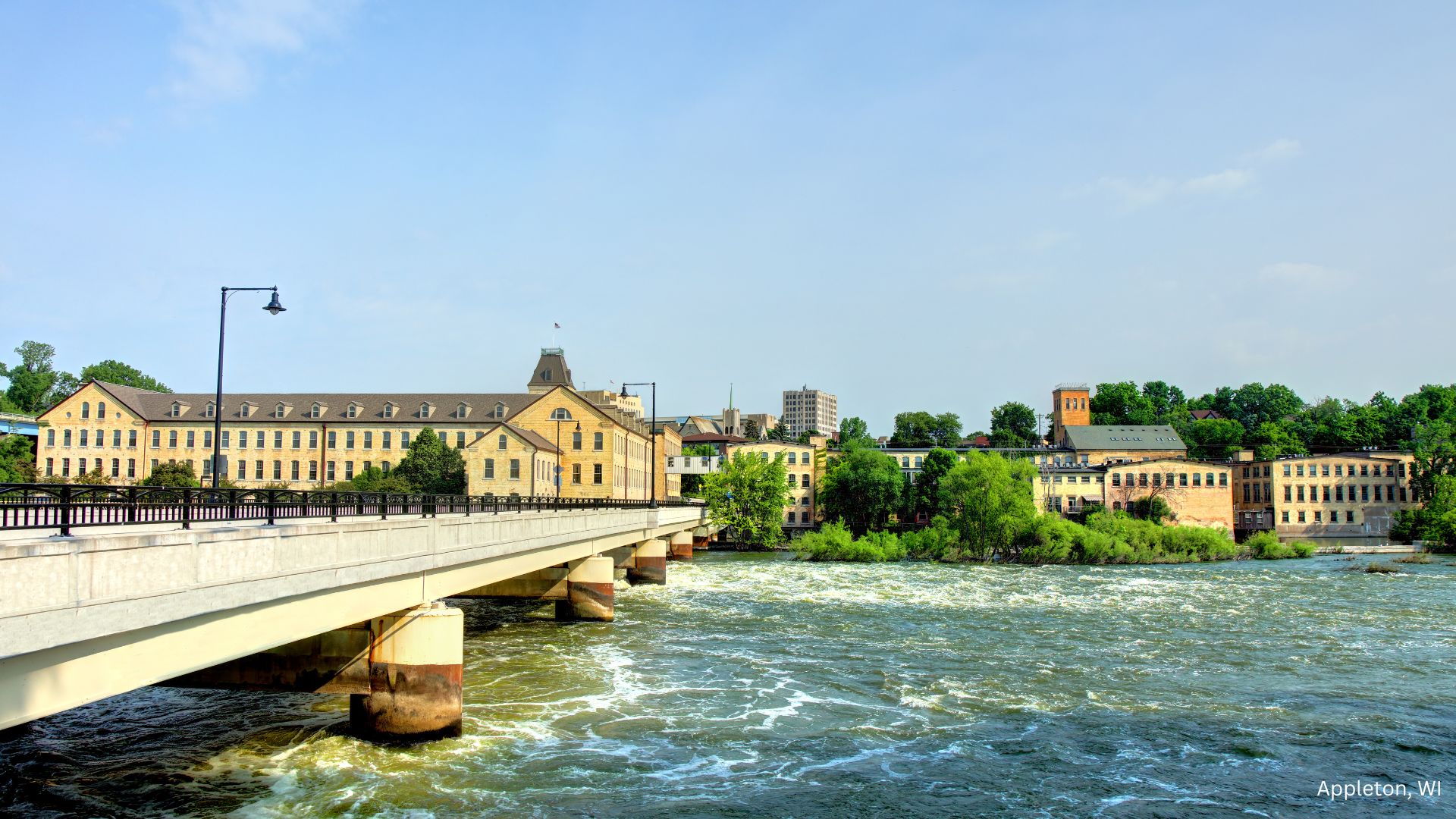
Real estate experts emphasize the importance of considering climate risk as part of the buying process. As Realtor.com economist Jiayi Xu explains, “Climate risk can impact home values, insurance costs, and the overall stability of a housing market.” Ignoring these risks could lead to stranded assets and significant financial loss.

Housing markets with low climate risks provide more than just safety from natural disasters; they offer stability and peace of mind. As climate change continues to shape the landscape of real estate, these twelve hidden markets in the Midwest stand out as attractive options for buyers seeking long-term security.
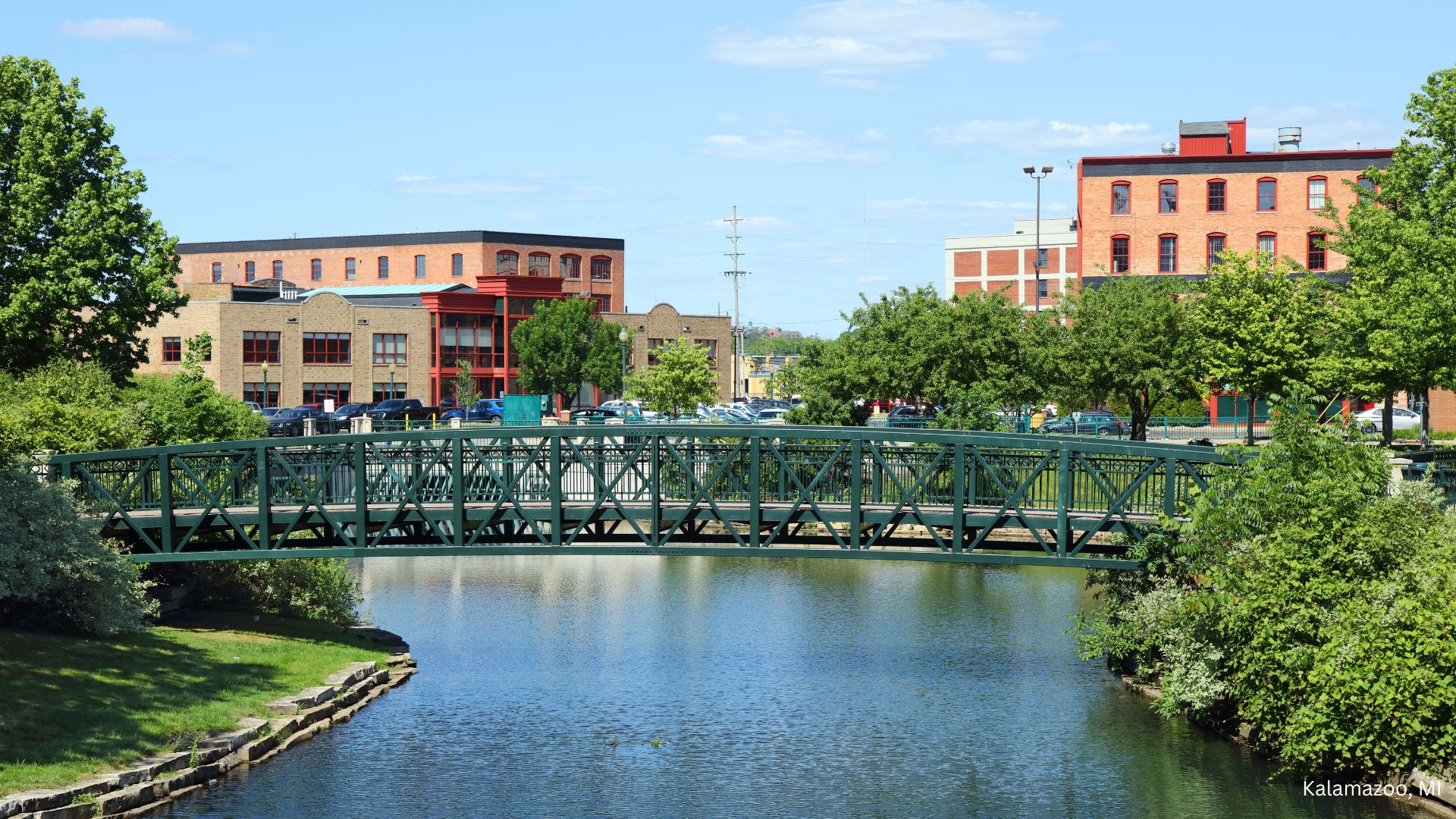
Investing in housing markets with low climate risks ensures a more resilient future for homeowners. Whether you’re planning to move or invest, these markets offer a promising path to a safe and prosperous future.
